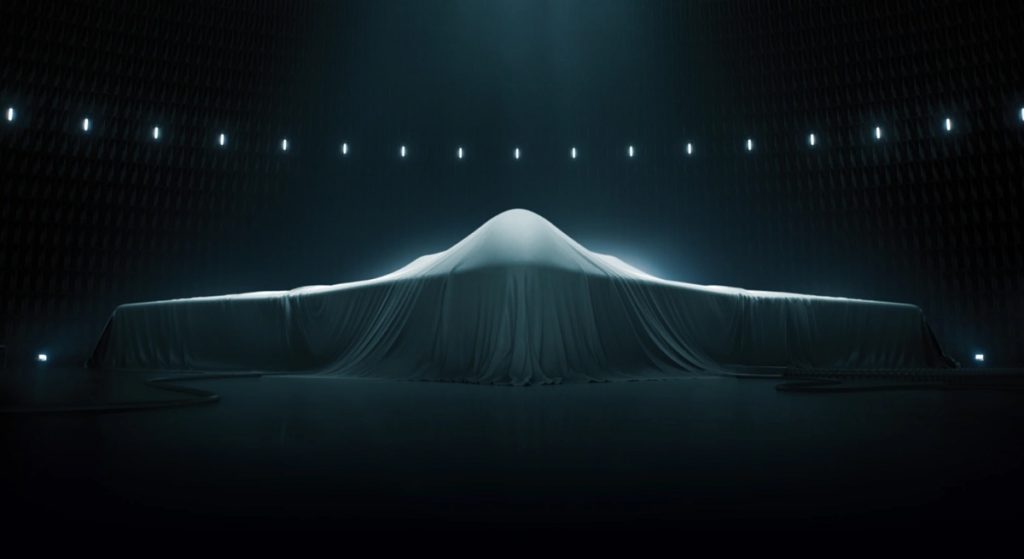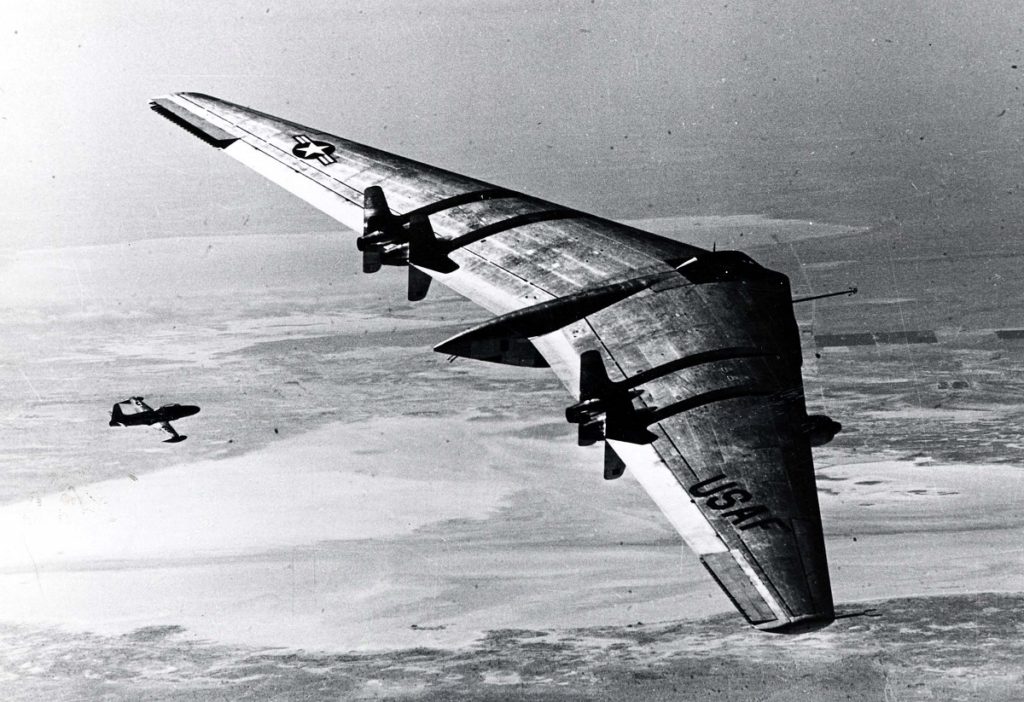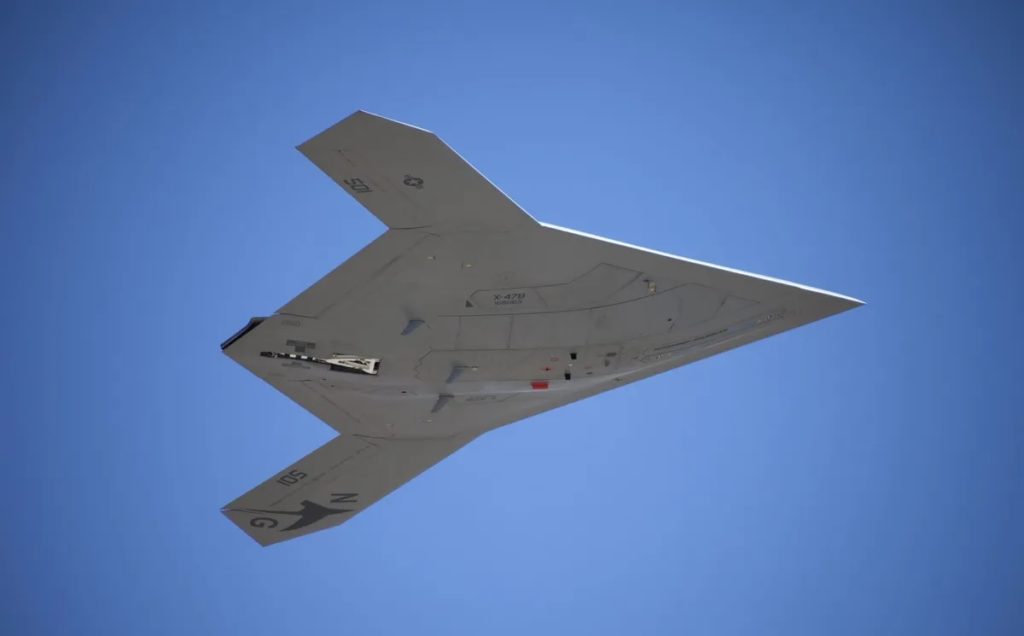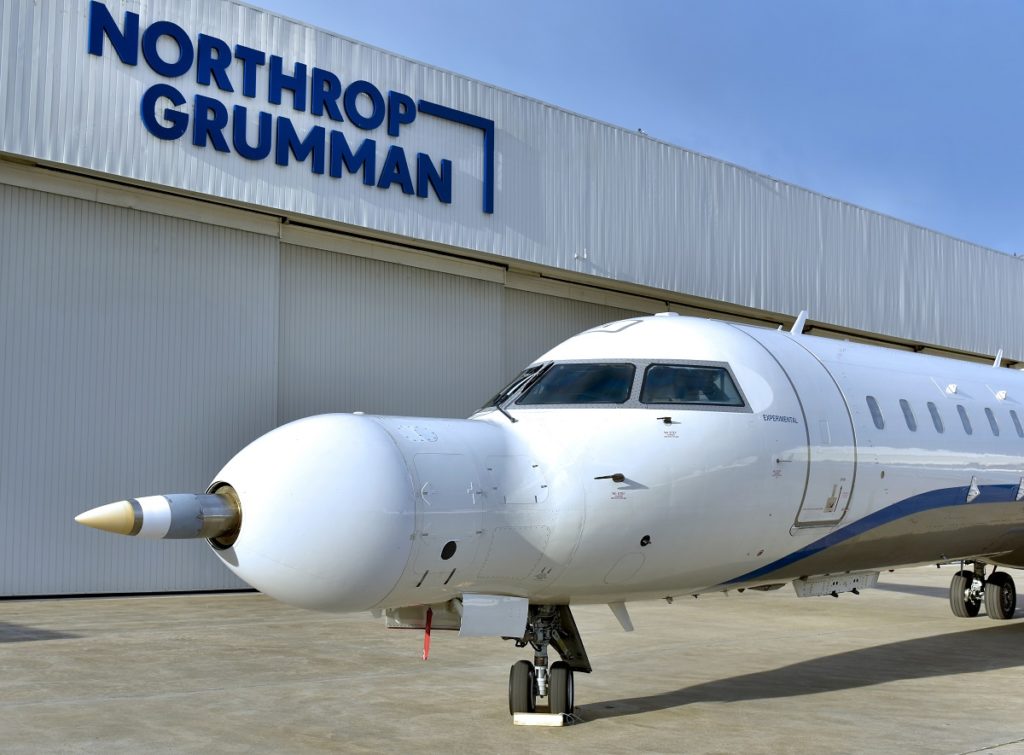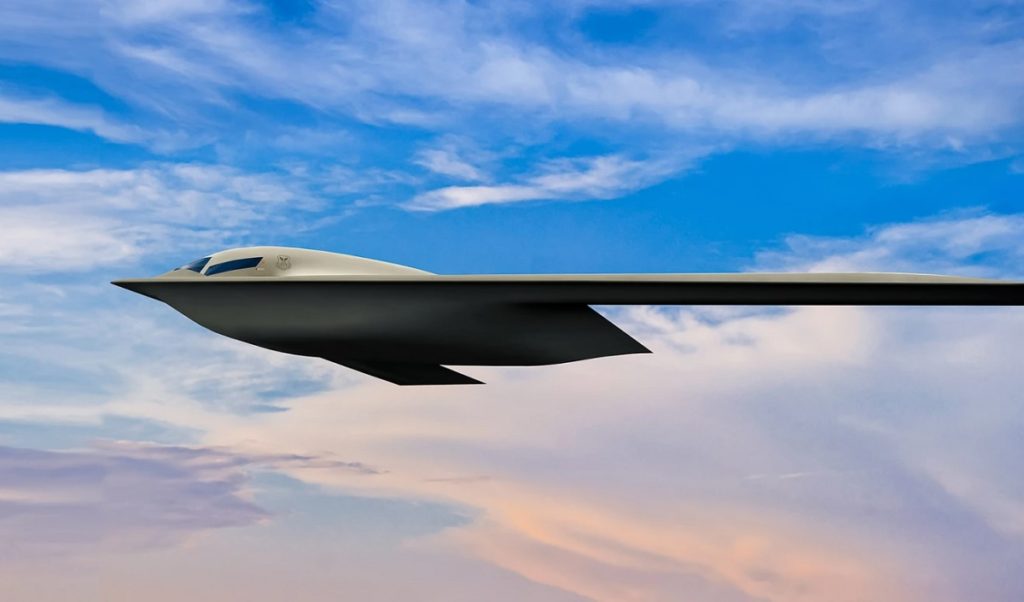The US Air Force’s next generation Northrop Grumman B-21 Raider bomber will be revealed at a rollout ceremony on December 2.
Designed to replace the USAF’s B-1B Lancer and B-2A Spirit bomber fleets, the B-21 is a blended flying wing with very low observable shaping, materials, and coatings capable of penetrating heavily-defended airspace, and is believed to be slightly smaller but otherwise similar looking to the B-2.
After a Request for Proposals (RFP) for the Long Range Strike Bomber (LRS-B) development and acquisition program was issued in July 2014, Northrop Grumman was awarded the contract to develop the B-21 in October 2015. The design leverages the company’s successful legacy of blended flying-wing designs which can be traced back to Northrop’s YB-35/YB-49 bomber designs of the late 1940s, and which also include the B-2A, the uncrewed X-47B UCAS-D concept, sub-scale B-21 test aircraft, and reportedly, the secretive uncrewed RQ-180 ISR aircraft.
After a timeframe of “first week of December” was revealed by the USAF’s acquisition head, Andrew Hunter at September’s Air Force Association Air, Space, & Cyber Conference, the actual rollout date was revealed on 20 October in a joint USAF and Northrop Grumman release. The aircraft is being built at the company’s Plant 42 facility at Palmdale in California, and it has been reported that at least six aircraft are currently in various stages of production.
The USAF has a current requirement for “at least 100” B-21s, the unit price of each was forecast at contract award to be about US$650m (A$1.02bn). First flight is scheduled to occur in mid-2023, a year later than originally envisaged at time of award, although the USAF is reportedly confident the planned initial operational capability (IOC) schedule in the late 2020s can be met due to a large amount of risk-mitigation and systems integration work conducted in labs and on various surrogate platforms in recent years.
Northrop Grumman operates a fleet of test aircraft including Bombardier CRJs and Gulfstream GIII/IV/V business jets, each of which have various non-standard apertures and other modifications for test equipment, and which are regularly seen visiting the US’s west coast test ranges.
Some of this risk-mitigation work has included loads calibration work on a representative ‘iron bird’ airframe, allowing instrumentation to be calibrated and structural integrity to be verified prior to flight-test. In a May 2022 company release, Northrop Grumman said, “In line with the risk-based approach, the successful calibration test is a significant milestone that further validates the efficacy of the company’s digital design capabilities and advanced manufacturing techniques.”
Randy Walden, the US’s B-21 Raider program executive officer (PEO) said, “The B-21 test aircraft is the most production-representative aircraft, both structurally and in its mission systems, at this point in a program that I’ve observed in my career.”
Following the 2021 signing of the AUKUS agreement, elements within Australia’s Defence community have suggested the ADF should look at possibly acquiring a squadron of B-21s in order to bolster the alliance’s long-range strike capabilities in the Indo-Pacific, and ostensibly to resurrect the RAAF’s strike capability lost with the retirement of the F-111C in 2010.
Whether this idea has sufficient traction to be seriously looked at as part of the Government’s current Defence Strategic Review – which is due to report in March 2023 – remains to be seen.

